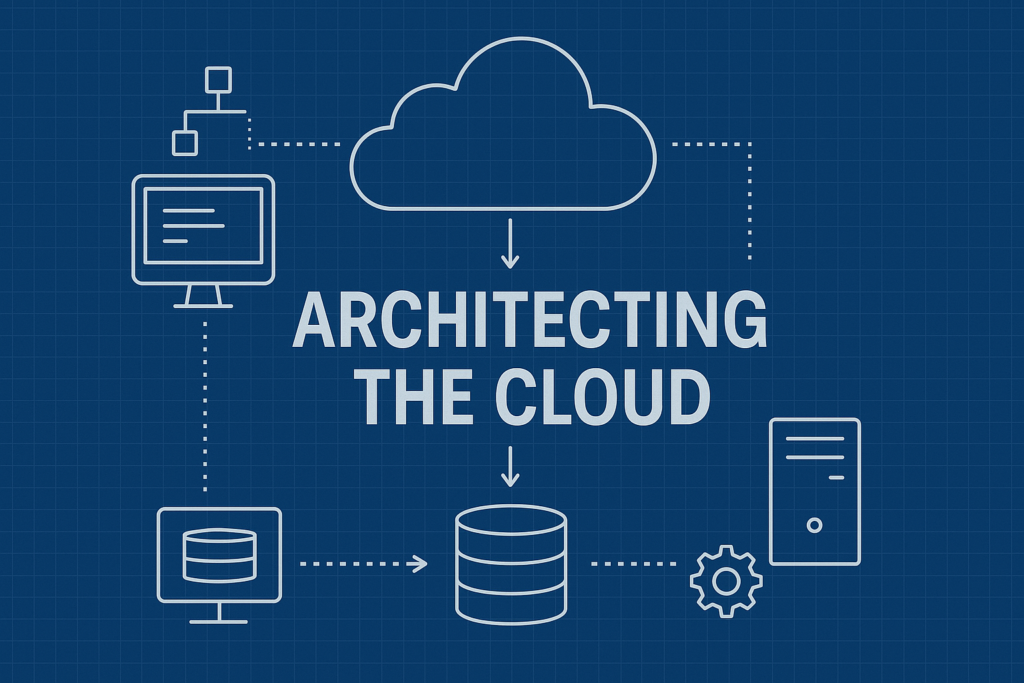Introduction
The cloud is everywhere. It’s a buzzword. A catchphrase. A checkbox. But here’s the truth: saying “we’re in the cloud” doesn’t mean your systems are modern, efficient, or even remotely optimized.
What actually makes a difference is how you architect the cloud.
Cloud Isn’t Magic — Architecture Is
Too often, businesses migrate to the cloud like they’re moving furniture—shift everything over and assume it’ll just work better. But without intentional design, cloud-based systems can become just as clunky and rigid as the legacy systems they replaced.
Cloud architecture isn’t about choosing AWS over Azure. It’s about shaping a solution that:
- Solves specific business problems
- Scales intelligently
- Integrates seamlessly with the way people actually work
Architecting Means Asking the Right Questions
When I start a new project, I don’t begin with code. I begin with questions like:
- What does this business actually need from its tech?
- What systems need to talk to each other?
- How will this solution grow as the company does?
- Where are the risks and inefficiencies hiding?
Architecting the cloud is about connecting technology to purpose. It’s less about tools, and more about intent.
What It Looks Like in Practice
In my experience, the best cloud architectures are:
- Modular – You can add or remove pieces without breaking everything
- Resilient – Downtime is minimized, and failures are expected (and handled)
- Tailored – No off-the-shelf “solution” fits everyone
I’ve helped companies in logistics, healthcare, and even government rebuild their systems to work better in the cloud, not just exist in the cloud.
Every time, the core process is the same: align the architecture with the business.
Final Thoughts
Architecting the Cloud isn’t just the title of this blog—it’s a philosophy. It’s a commitment to building systems that make sense, that scale wisely, and that serve real people doing real work.
If you’re a business leader, a developer, or just curious about building better tech: you’re in the right place.
Let’s build smarter, together.
— Leonidas



